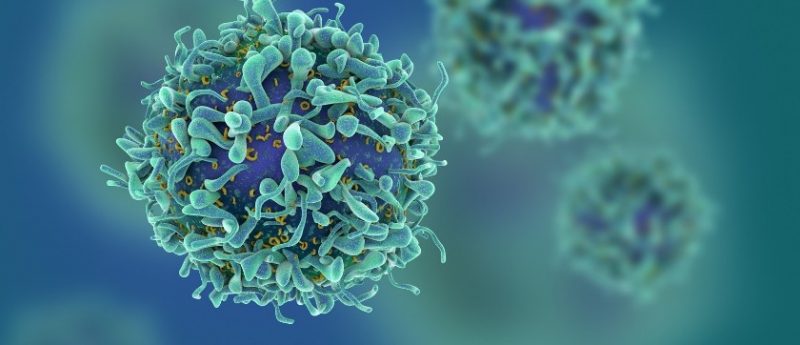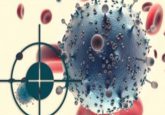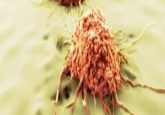New ‘tumor-in-a-dish’ technology may improve breast cancer treatment

A new ‘tumor-in-a-dish’ technology, details of which were revealed recently in Cancer Research, may allow doctors to evaluate the effectiveness of different cancer drugs for individual patients prior to them commencing chemotherapy.
The technique, developed by a team of biomedical engineers at Vanderbilt University (TN, USA), utilizes fluorescence imaging to monitor the response of tumor sections removed from patients when exposed to different anticancer drugs.
The team applied the new technique to three major forms of breast cancer and reported that the test could successfully detect significant drops in the metabolic activity levels of all three tumor types within 72 hours when exposed to an effective drug. Tumors that were resistant to a drug showed no change.
Breast cancer is responsible for around 40,000 deaths annually in the USA. Drug allocation is usually based on a biopsy that determines the type of tumor a patient has developed, however the drugs are highly toxic and can vary in effectiveness between the individuals they are prescribed to.
Many studies reveal that in >100,000 cases each year the breast cancers never respond to the drugs, either initially or after repeated doses. As a result, 33–43% of patients must be switched to different drug combinations when the effectiveness of their treatment is assessed often 2–3 months into treatment.
Lead author Melissa Skala (Vanderbilt University) commented: “Right now it’s a guessing game. We hope that our test will significantly improve the odds of survival of breast cancer patients by allowing doctors to identify the most effective but least toxic form of chemotherapy for each individual patient before the treatment begins.”
The new technique involves dividing cancerous tissue removed during surgery or biopsy into pieces and placing them into a special collagen gel that maintains them as ‘organoids’ with the full original three-dimensional tumor structure and supporting cells from the tumor’s environment. Culturing three-dimensional tumor organoids in this way ensures that they behave identically to the original tumors so that response studies are accurate.
“This is the first time the 3-D culturing method has been used to predict the effectiveness of different drugs on tumors from individual patients,” explained graduate student Alex Walsh (Vanderbilt University).
The activity level of the organoids was measured using ‘optical metabolic imaging’, which involves using a laser tuned to the frequencies that cause two key enzymes in the cells to fluoresce. Variations in the intensity of the fluorescence given out provide a “dynamic readout of cellular metabolism,” which is a sensitive biomarker of drug response, often within 24 hours.
“We hit the tumor with a punch and see how it responds,” said Skala, “It is cheap and fast and adaptable to high-throughput screening so it can be used to test dozens of drugs or drug combinations at the same time.”
In addition to fluorescence, the test also measures the responses of all the individual cells in the organoid. This is important because some types of tumor cells can respond differently to a specific drug. If a given drug cocktail kills 90% of the cancer cells but does not affect the remaining 10%, the resistant tumor cells can cause the tumor to grow back.
“Our test should make it possible to find drug combinations that kill all the cancerous cells in a tumor,” commented Skala.
The method has so far been tested extensively in mice and now in six samples of human tumors utilizing four anticancer drugs commonly used to treat breast cancer, and two experimental drugs.
“The next step is to test tumors from more human patients and see how the results compare to the response that the patients have to chemotherapy,” said Walsh.
The researchers suggest that if human experiments are successful the technique could become available clinically within 5–10 years. The team also hope to extend the tests to cancers other than breast cancer, with their next focus on pancreatic cancer.





